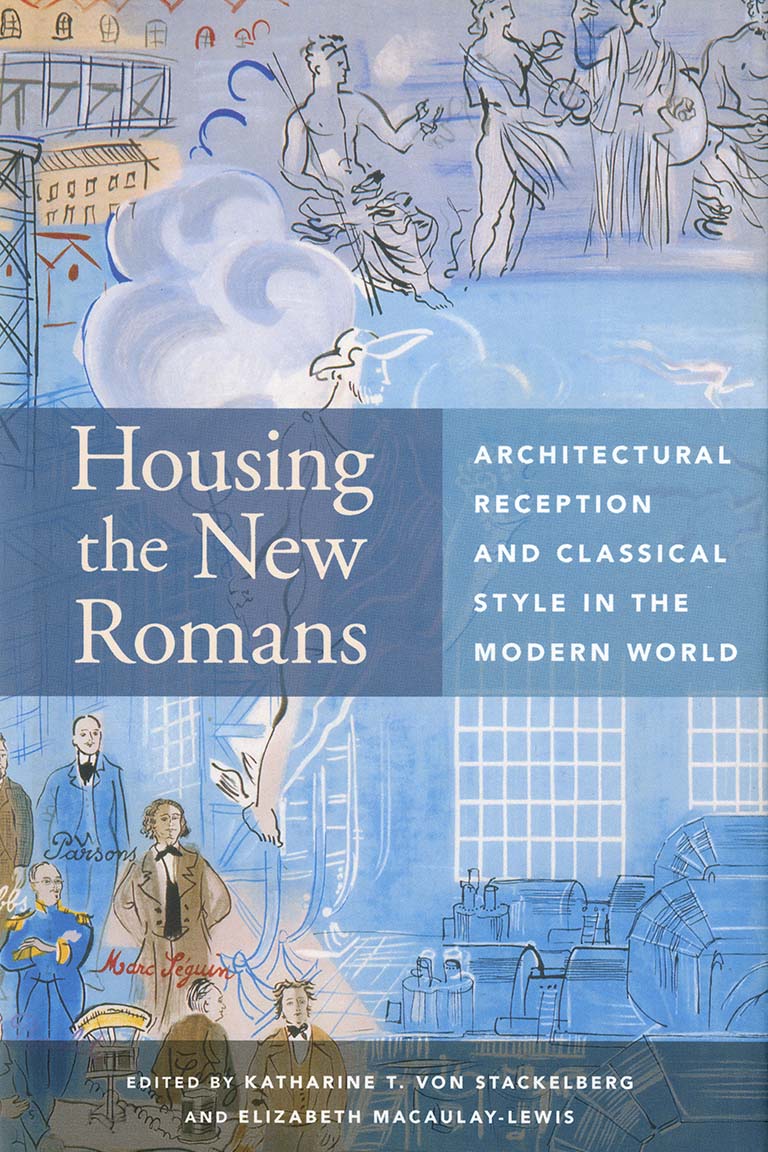In the complex history of America’s longstanding fascination and cultivated kinship with the classical world, the sudden appearance and proliferation of Greco-Roman exedrae (and their domestic derivations) in parks and homes at the close of the nineteenth century marks a particularly revealing collision between the past and the present, the private and the public, the ideal and the startlingly real. In its various manifestations as house, street, and garden furniture, the somber and pedigreed form of this curved stone bench encouraged dignified bodily management, quiet contemplation, and polite socialization, but also proved dismayingly susceptible to unconstrained lounging, sprawling, loitering, and unsolicited encounters between strangers. This essay proposes that the American exedra can best be understood as a seated stage upon which the aspirations and contradictions of the era were forced into sometimes dramatic confrontations. Laying aside broad-based assumptions about class, status, and “civilization” in the Gilded Age, it returns to a close, granular analysis of how one particularly charged object shaped perceptions of selfhood, national identity, and otherness during this tumultuous period.
The Impossible Exedra: Engineering Contemplation and Conviviality in the Gilded Age
The Impossible Exedra: Engineering Contemplation and Conviviality in the Gilded Age
- Melody Barnett Deusner
- Publication Date
2017 - Website
- View publication information
 The College of Arts
The College of Arts